Biomorphic Sculptures
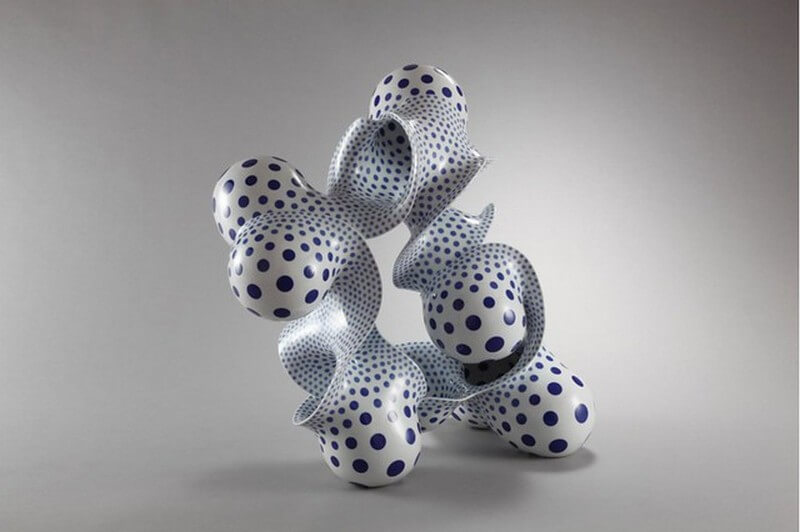
Japanese artist Harumi Nakashima creates free-form ceramic sculptures that feature organic, yet psychedelic characteristics. Nakashima, mostly known for beautifully-structured, odd geometric shapes embellished with iconic polkadots, works with a level of intricacy that demonstrates the artist’s attention to detail.
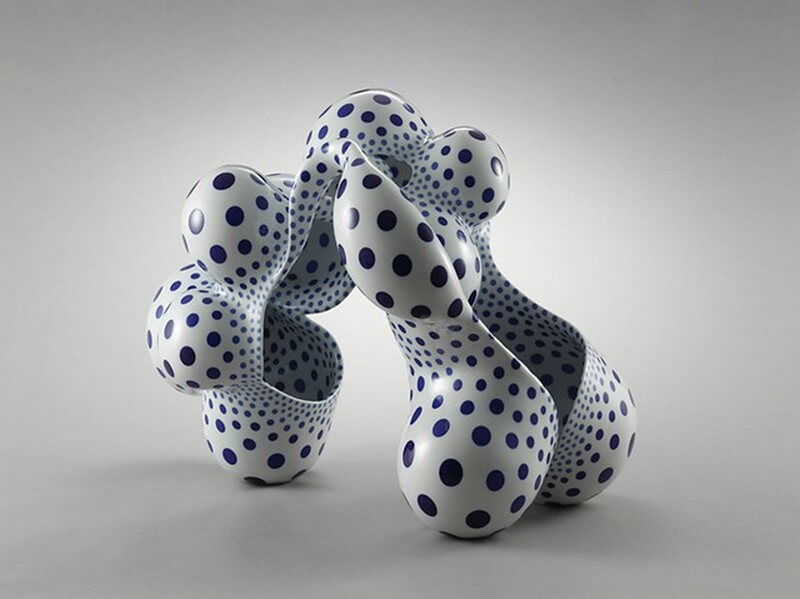
The sculptor often evokes the Sōdeisha art movement, a 1940s reactionary effort against the dominion of Japan’s popular folk-craft styles (especially the traditional, functional aspects of Japanese pottery) and ceramics created for the purpose of tea ceremonies. Sōdeisha, known for its modern take on traditional Japanese aesthetics, was disbanded in 1998.
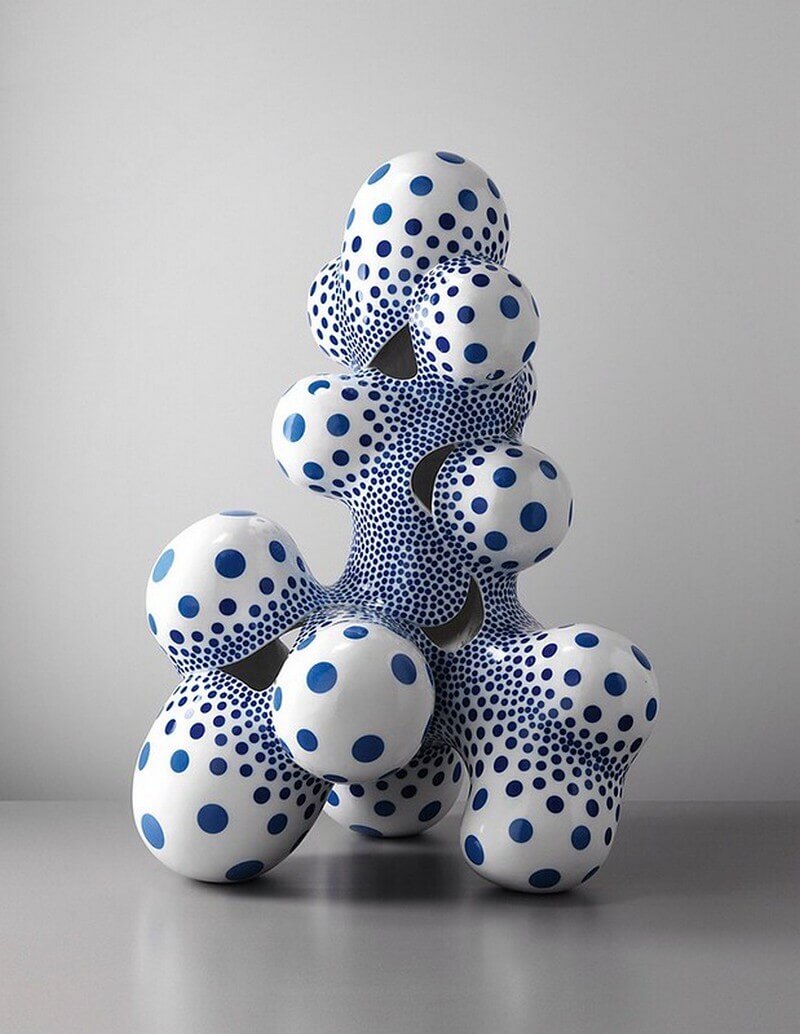
However, artists like Nakashima have thrived tremendously by incorporating Sōdeisha references into their current pieces. A contemporary aesthetic and subtle, refined references to traditional Japanese pottery allow the works to be perceived aesthetically rather than functionally.
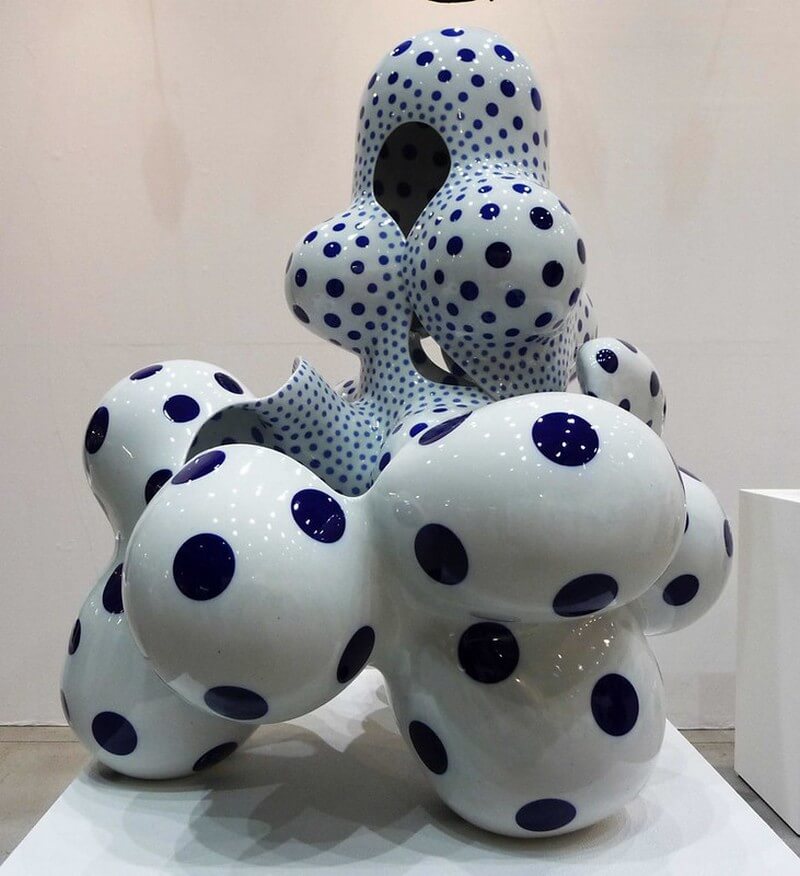
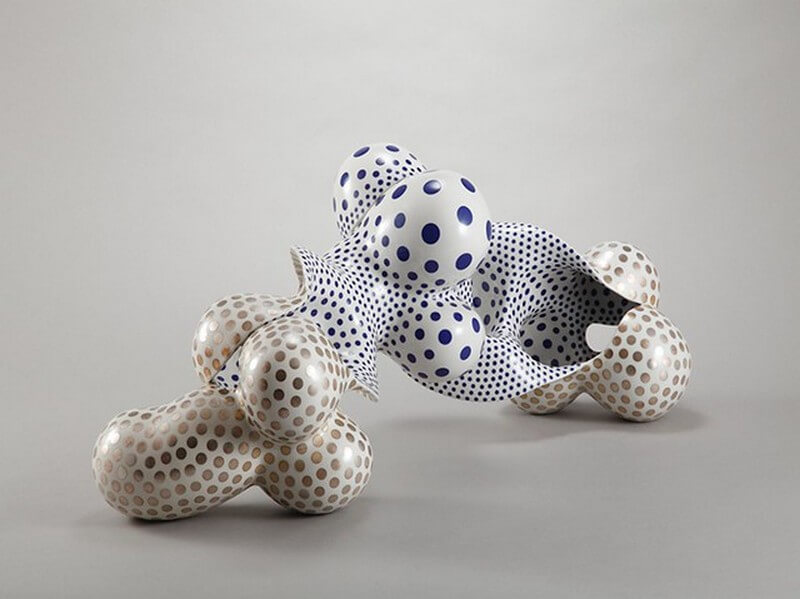
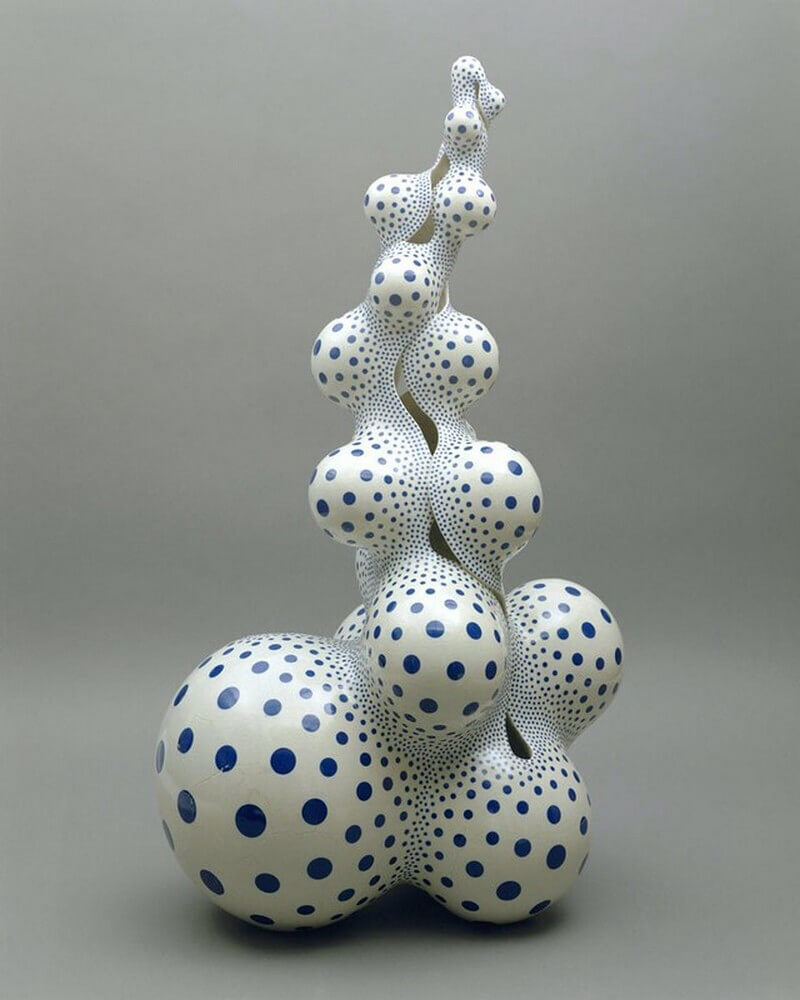
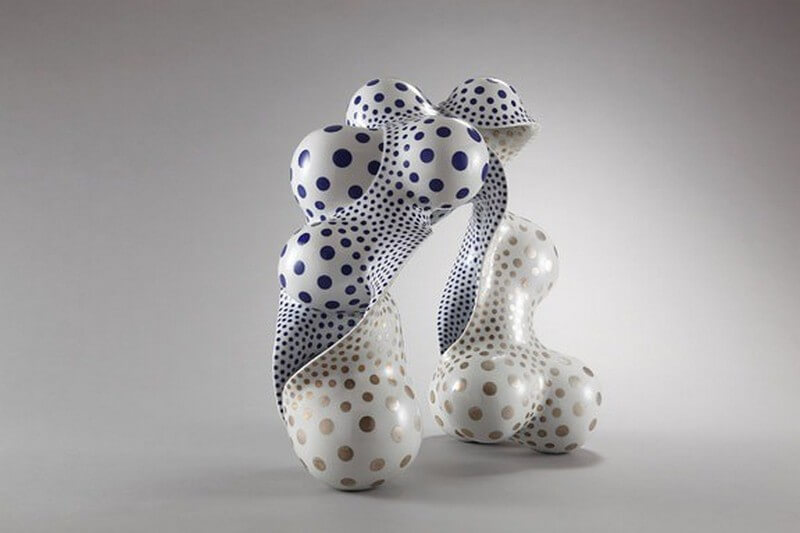
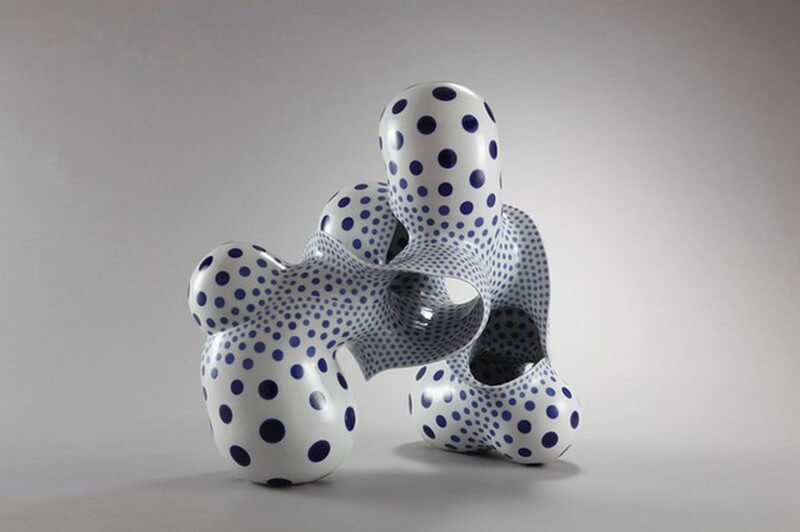
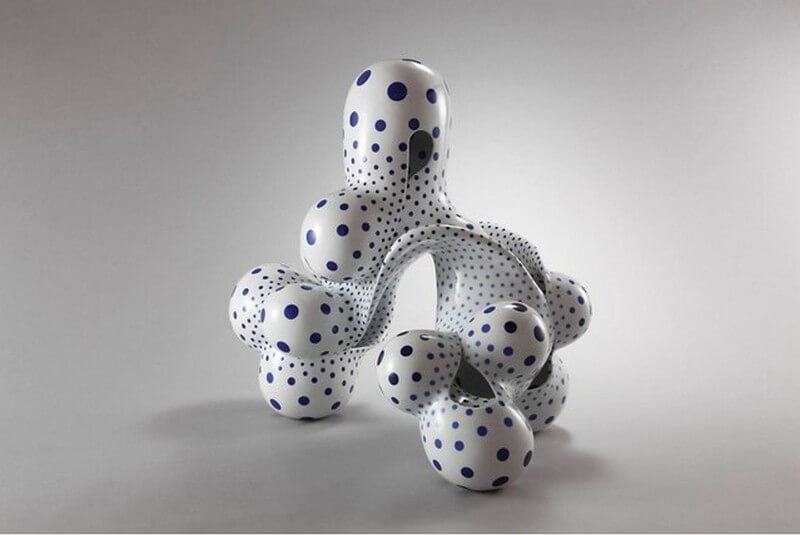
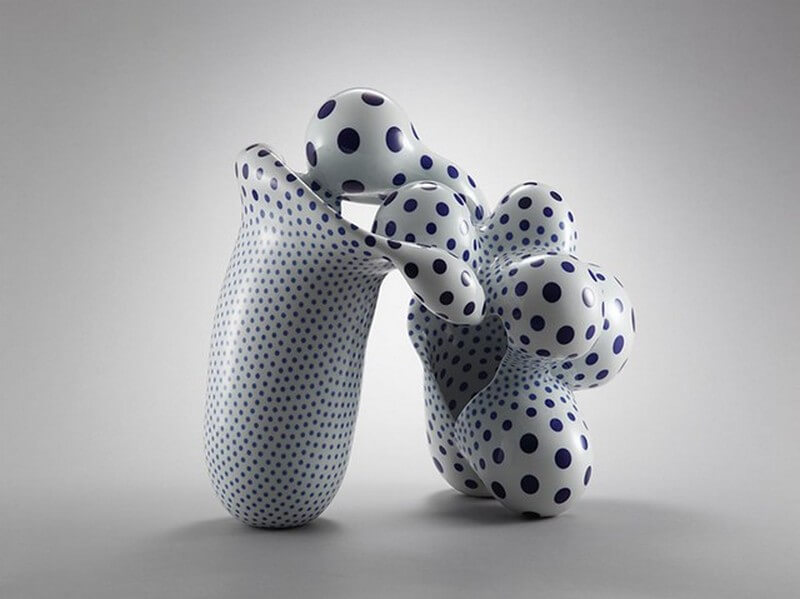




























Comments